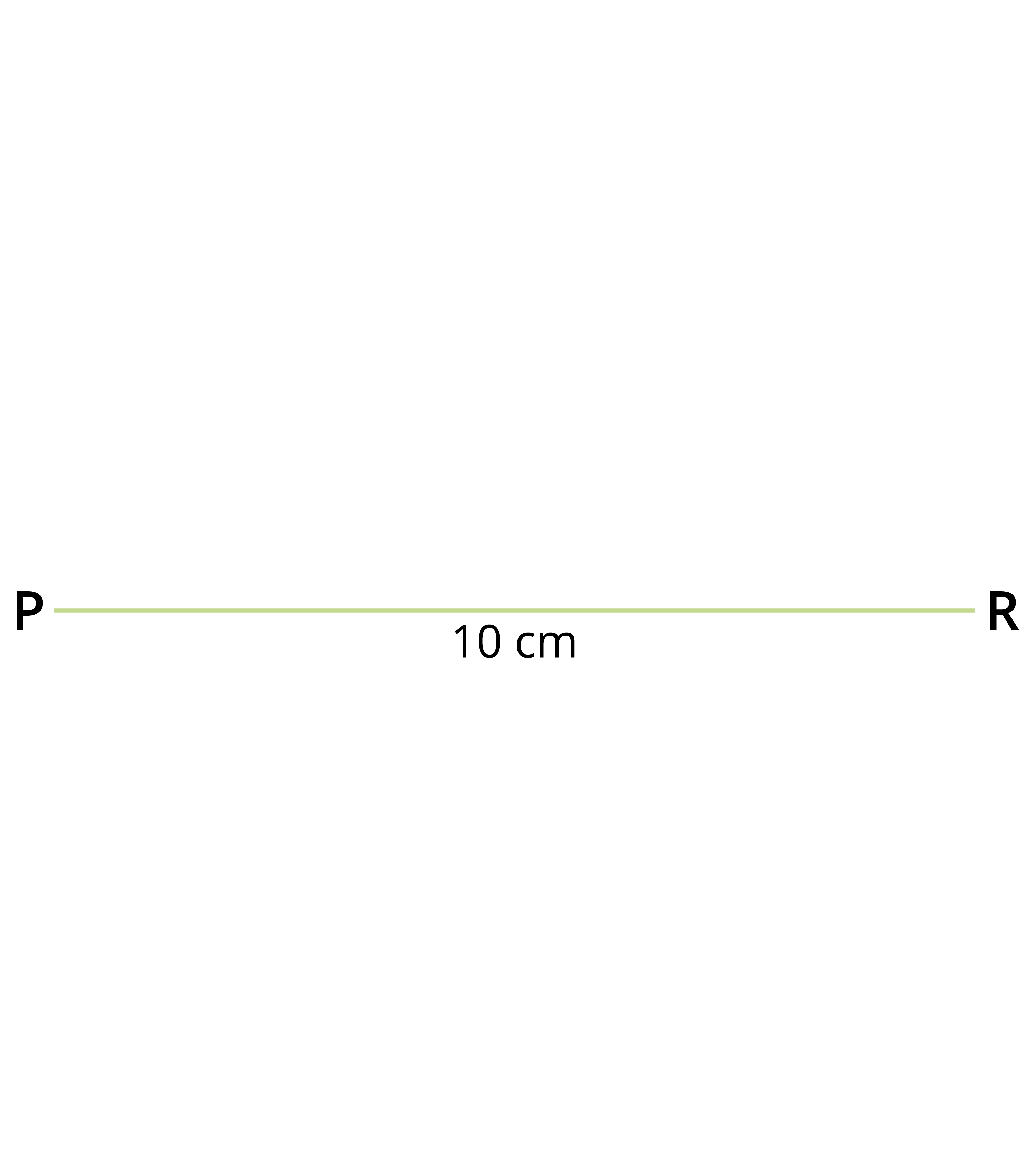UPSKILL MATH PLUS
Learn Mathematics through our AI based learning portal with the support of our Academic Experts!
Learn moreWorking rule to construct a parallelogram:
Let us discuss the working rule to construct a parallelogram when the measure of two diagonals and one included angle of a parallelogram are given.
Example:
Construct a parallelogram \(PQRS\) with \(PR\) \(=\) \(10\) \(cm\), \(QS\) \(=\) \(8\) \(cm\) and \(\angle POQ\) \(=\) \(120^{\circ}\). Also, find its area.
Construction:
Step 1: Draw a line segment \(PR\) \(=\) \(10\) \(cm\).
Step 2: Mark the midpoint of the line segment \(PR\) as \(O\).
Step 3: Draw a line \(XY\) through \(O\) such that \(\angle POQ\) \(=\) \(120^{\circ}\).
Step 4: With \(O\) as centre, draw two arcs each of radii \(4\) \(cm\) on either side of \(PR\) intersecting \(XY\) at \(Q\) and \(S\).
Step 5: Join \(PQ\), \(QR\), \(RS\) and \(SP\).
Step 6: \(PQRS\) is the required parallelogram. The measure of \(SA\) gives the height of the parallelogram \(PQRS\).

Area calculation:
Area of the parallelogram \(=\) \(base \times height\) square units.
\(=\) \(8 \times 4.3\)
\(=\) \(34.40\) \(cm^2\)